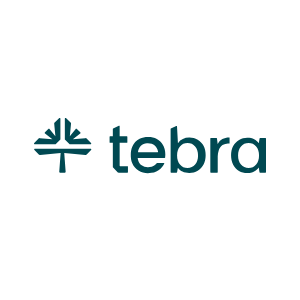Encounter Options
The Encounter Options allow you to set default information to aid in efficiency when users create new encounters for the practice. These are only default settings and users can override the information.
Note: When users create new encounters and select a specific appointment or patient, all of the pre-existing defaults prevail and override the Encounter Options default settings.
Encounter Options
|
 |
|
 |
|
 |
|
 |
